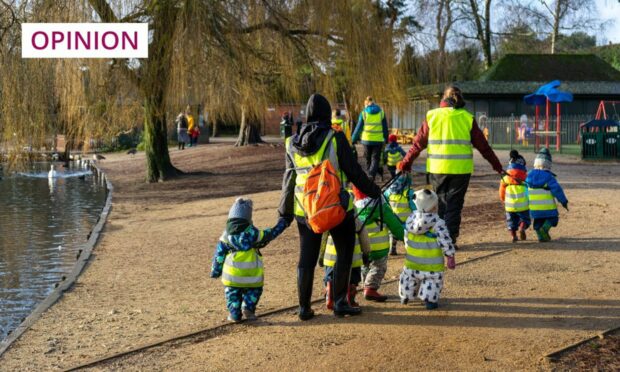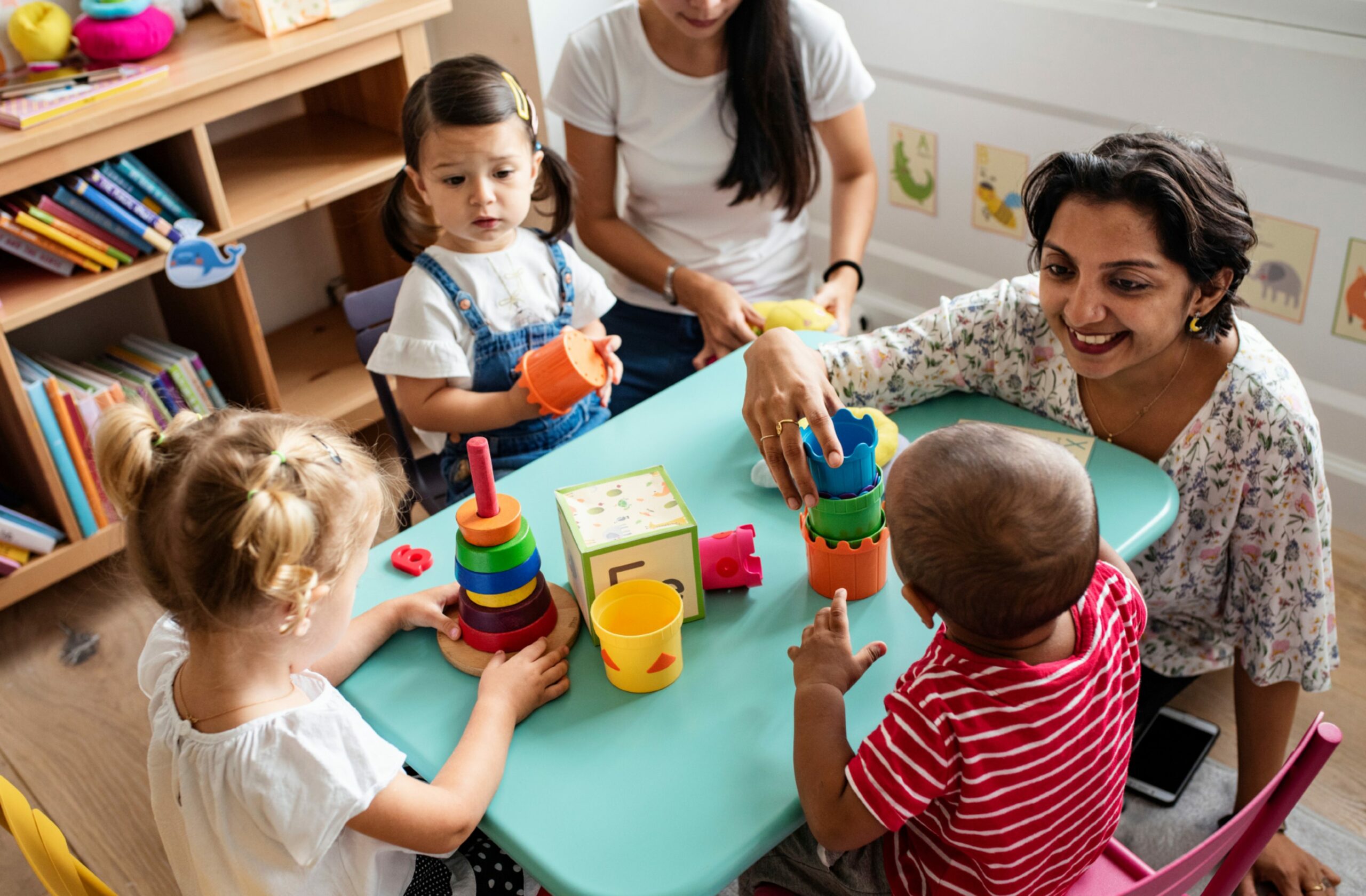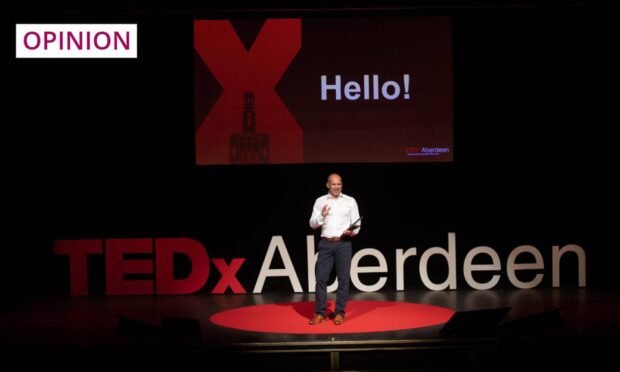Having autism and ADHD, I know firsthand the stigma and challenges that people with disabilities face.
I am not ashamed of my disability, nor should I be, but I do feel I have been treated unfairly because of it. This type of discrimination started very early in my life, when I first started at nursery.
I was only able to attend nursery for a few hours because there wasn’t the support for me. I remember that, a lot of the time, the nursery workers didn’t know how to engage with me, and it wasn’t an environment that allowed me to become involved or to fit in.

Throughout my time in early education, staff didn’t always have the right skills or training to support people with disabilities and other neurodivergent conditions. There are better ways of working with children than simply isolating them from the rest of their group.
Unfortunately, my experience is not unusual; many people with learning disabilities and their families have similar stories they can share. This is something that people talk about, even now, when we are supposed to have funded hours to support early years childcare provision for every child.
Nursey staff should be trained in learning disabilities
This is why the Scottish Commission for People with Learning Disabilities (SCLD) carried out research to understand the current experiences of parents of children with learning disabilities when it comes to accessing the support that should be available to them. The aim is to see if we need to do things differently.
Early years education must be designed around the needs of children with disabilities and neurodivergencies
The report has identified many things that my family and I could relate to, including the need for staff to have the correct training and the right attitudes. It also identified that it is difficult to talk in an open and honest way about the problems with early years education, and that people have difficulties in finding information about the support they are entitled to.
The early years report concluded that “the overall picture […] is one where, despite the best of intentions, we are simply not getting it right for every child.” I agree with this, and with lots of the ideas included in the report for making things better.
We need to ensure that the needs of children with learning disabilities are something all nursery staff are trained in – it should be part of their qualifications. Early years education must be designed around the needs of children with disabilities and neurodivergencies, with more opportunities for parents and carers to get involved.
Improving the experiences of young people with learning disabilities across early years education must be a priority for our decision-makers, because our first steps should always be in the right direction.
Dylan Stevens is an Include For Good rapporteur for SCLD
Sandy Stark: People with learning disabilities are still excluded from their own communities












Conversation